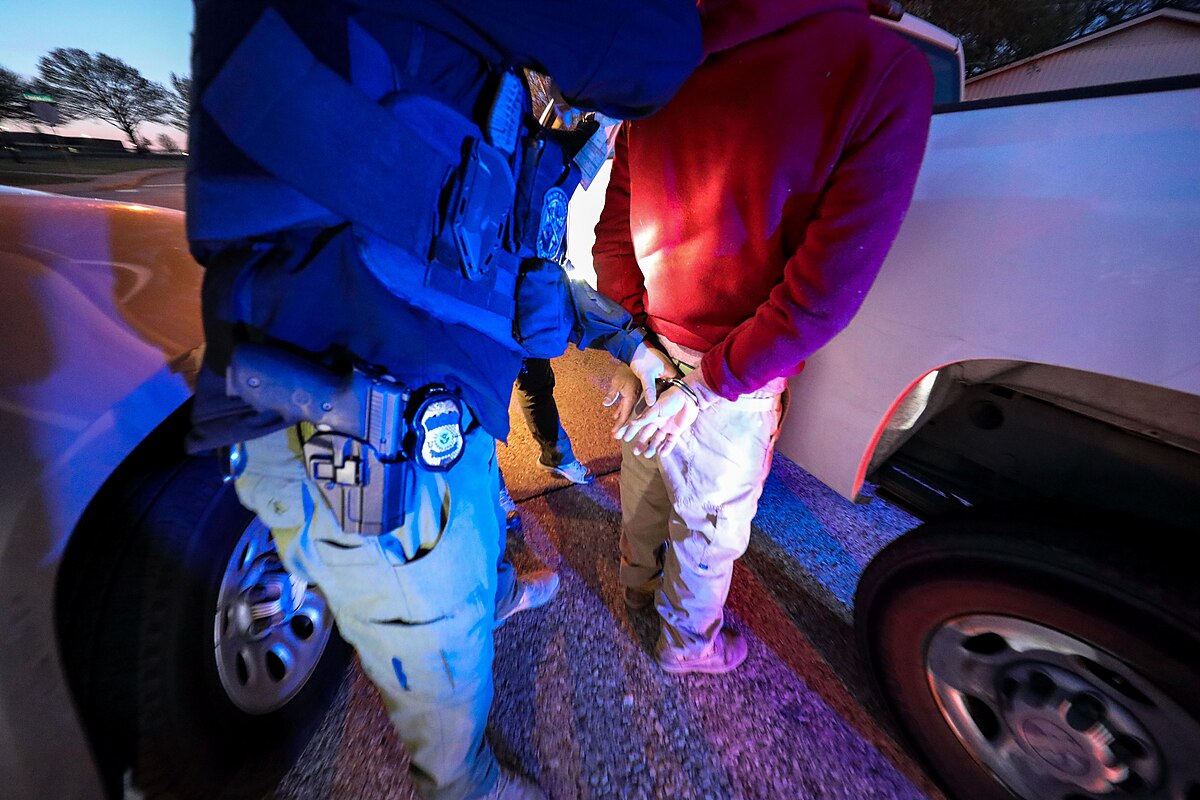The March 1 primaries showed that the Republican Party has been strong in the southernmost border counties in the state of Texas, demonstrating that the impressive Latino support for Trump in the 2020 election was not the result of a conjunctural anomaly. Republicans have long argued that this reality is the start of a larger trend, and the primary results on Tuesday night, March 1, seem to buy into that assertion.
The results show that up to eight Latino Republicans, including six women, could be nominated for congressional seats across Texas. In the Rio Grande Valley alone, at least two Latinas will be endorsed by the Republican Party: Mayra Flores, one of three Hispanic women in the Rio Grande Valley to finish in first place on Tuesday and who won the Republican Party nomination for her Congressional seat in South Texas; Monica De La Cruz, a Trump-endorsed candidate who also won his primary, and Cassy Garcia, a former aide to Senator Ted Cruz (R-Texas), who was in the lead, heading for a runoff in May heading for a runoff in May. The 28th District seat is currently held by Democratic Representative Henry Cuellar.
According to the publication of “
The Politician”, “if any of them win come November, they would be the first Hispanic women — and first Republicans — to hold a congressional seat in South Texas”.
This “new thing” was driven by dramatic demographic shifts in Texas, where the population has grown by more than double the national average in the last 20 years, and Latin Americans account for 60% of that growth. As we have
noted earlier, Latino voters, considered a key constituency for the Democratic Party, are showing a greater willingness to vote Republican, even in the southernmost counties of Texas along the Mexican border.
“In Texas’ four southernmost counties, where Latinos make up more than 90 percent of the total population, Republicans received an increased share of the primary vote compared to 2018, the last midterm election. In Brownsville’s Cameron County, GOP votes made up 35 percent of the total share, compared to 23 percent in 2018. In smaller Willacy County, GOP votes jumped to 26 percent of the vote share, from 8 percent in 2018. In Hidalgo County, home to McAllen, Republican votes made up 29 percent of total votes cast, up from 17 percent in 2018”, according to mentioned publication.
Donald Trump, the then-2016 Republican presidential candidate, received less than 28% of the vote in Hidalgo County, the most populous of Texas' border counties and where Latinos make up 93% of the population. In his bid for re-election in 2020, Trump won nearly 41% of the vote. In the largest city in Hidalgo County, McAllen, the first Republican mayor, was elected in 24 years.
According to
Voice of America (VOA) publication “such results may serve as a warning sign for Democrats ahead of November’s midterm elections that will determine control of Congress for President Joe Biden’s final two years of his current term”.
“With the GOP continuing to pump money into South Texas and more Hispanic Republicans, particularly women, running for office, there are signs the traditional balance of power in the longtime Democratic stronghold is beginning to shift”, notes the publication of Politico.
The GOP's gains from Texas Hispanics still do not indicate a threat to the Democratic lead in the region, as they still received a strong majority of the primary vote on Tuesday. However, as part of the central political debate, at least in the last two years, strategists, researchers, and democratic leaders recognize that the numbers are worrying and that the party needs to be more attentive to the Rio Grande Valley and surroundings, as the results of the primaries of Texas should not be used to predict the national prospects of Democrats.
Manuel Medina, state chairman of the Tejano Democrats, the Latin wing of the Texas Democratic Party, told the VOA publication that Texas Democrats “are not sitting idly by”. He said “Democrats picked four Latina women to run for reliably Democratic seats in the Texas State House in Tuesday’s primary elections. […] he was glad to see more Hispanic involvement in the Republican Party, as well.
On the other hand, Leslie Sanchez, a Republican strategist for years and author of the book “Los Republicanos: Why Hispanics and Republicans Need Each Other” told Politico that the primary results show that “it is not a one-off that was directly tied to Trump, but a larger movement of Hispanic voters, particularly as they leave some of these urban areas, that are starting to vote more like their neighbors in more conservative areas”.
According to
“The New York Times” publication, Republicans across the country continue to exploit fears that the Democrats (or their more progressive wing) are not only attacking religious values, but wanting to replace traditional white American culture with non-white multiculturalism. The difference in Latino membership between the two parties would be in the type of culture believed to be under attack. About immigration, “the Trump-era anti-immigrant rhetoric of being tough on the border and building the wall has not repelled these voters from the Republican Party or struck them as anti-Hispanic bigotry. Instead, it has drawn them in”.
The primary results may indicate that Texas Hispanics – which include 2.5 million immigrants from Mexico, nearly 500,000 from Central America and 170,000 from South America – are more engaged in political affairs and cannot be conceived of as a homogeneous mass. in their ideals.
According to Hector de Leon, a former political organizer and blogger in Houston, expectations of a wave of Democratic support amid Texas' population boom were based, in part, on incorrect Democratic National Committee assumptions that non-white voters would vote in its party naturally in the Democrats, according to the VOA publication.
These assumptions led to speculation as early as 2016 that perhaps Hillary Clinton, the Democratic presidential candidate that year, could win in Texas. She lost the state to Donald Trump by nine percentage points.
 commons.wikimedia.org
commons.wikimedia.org











